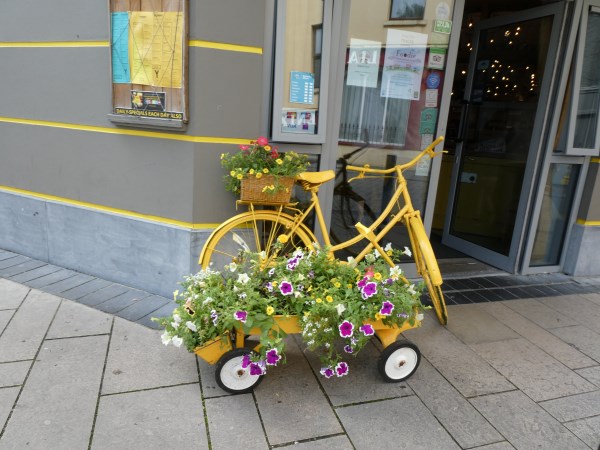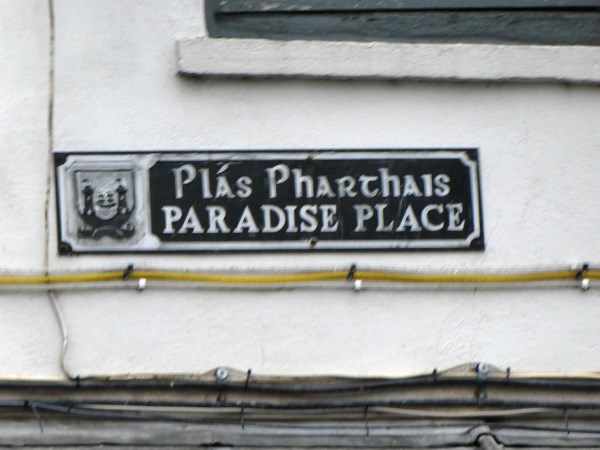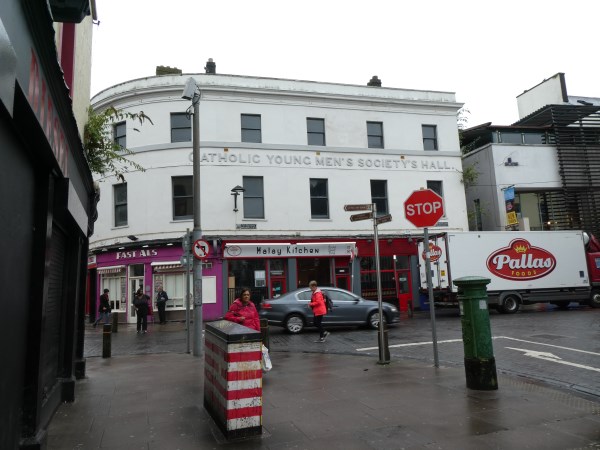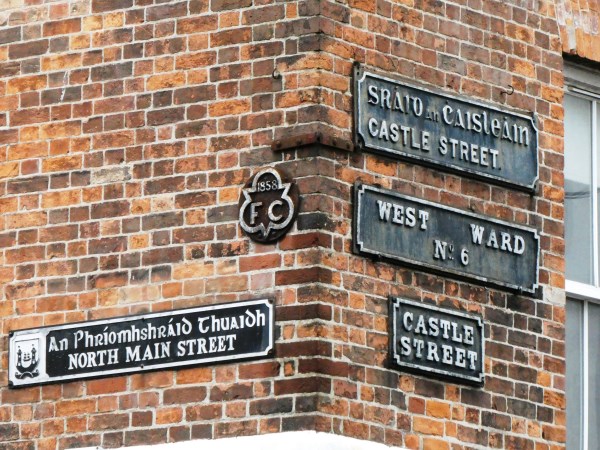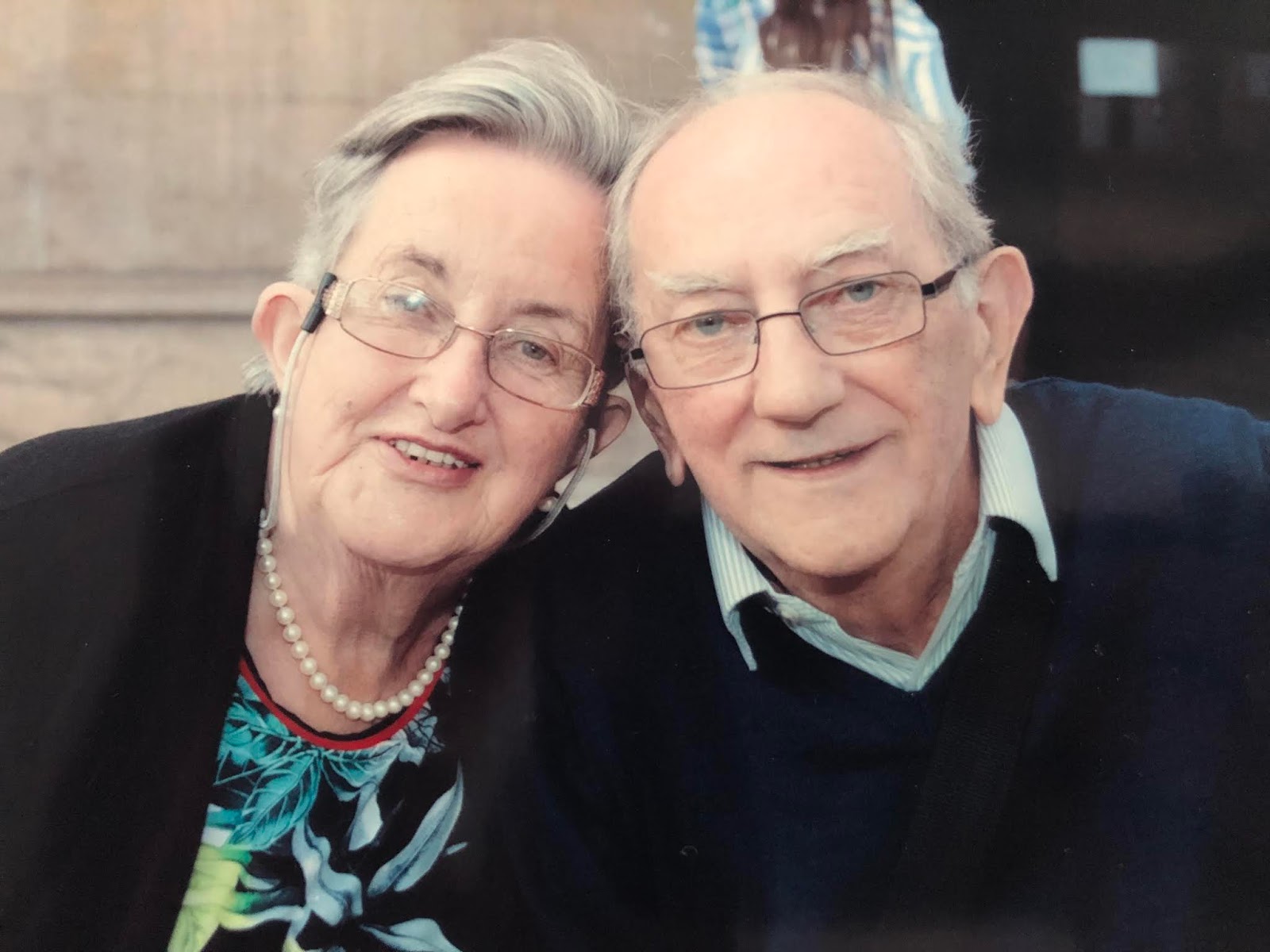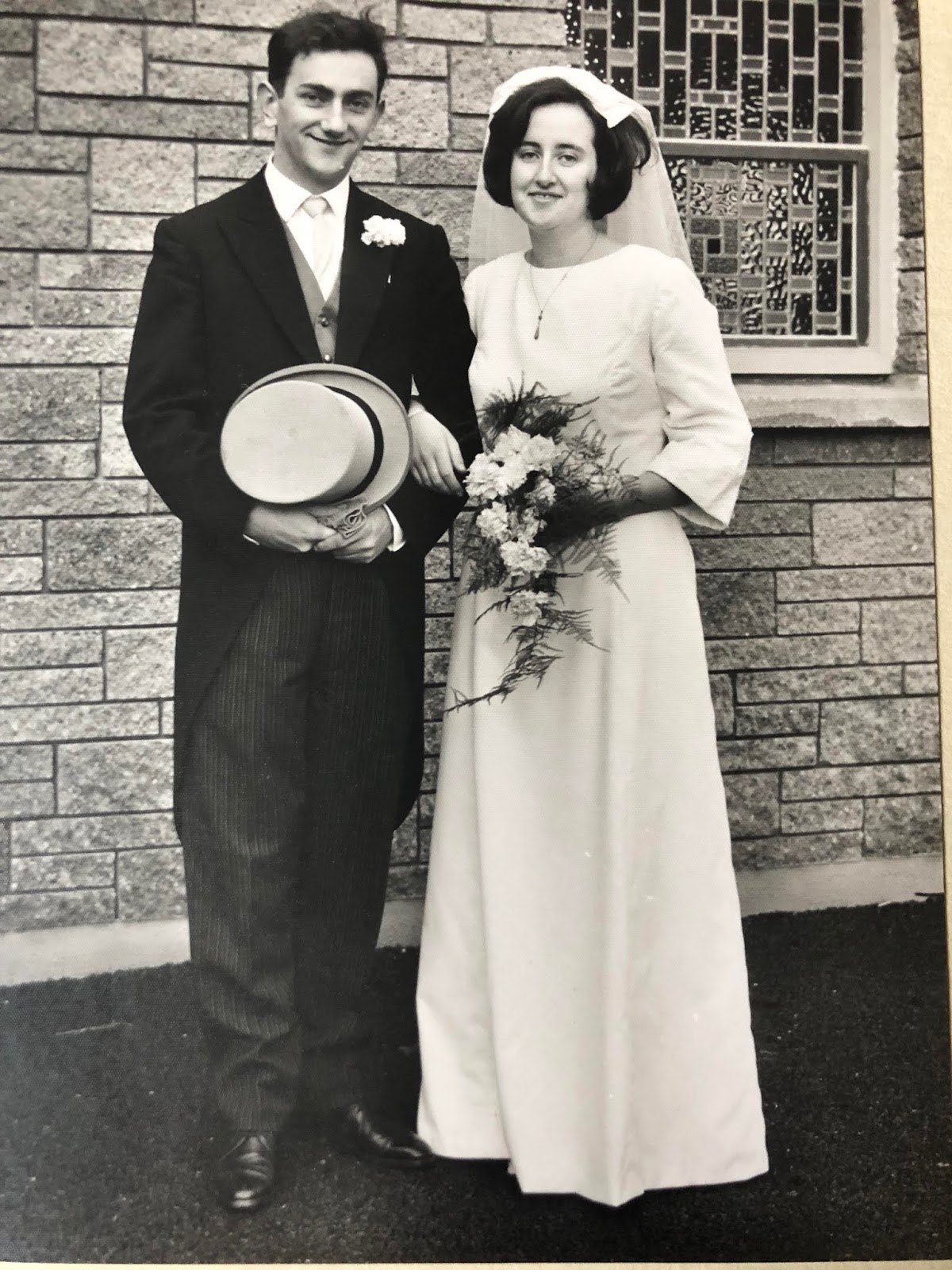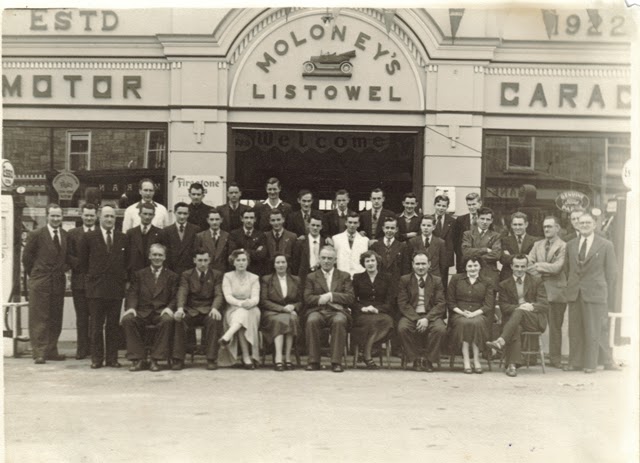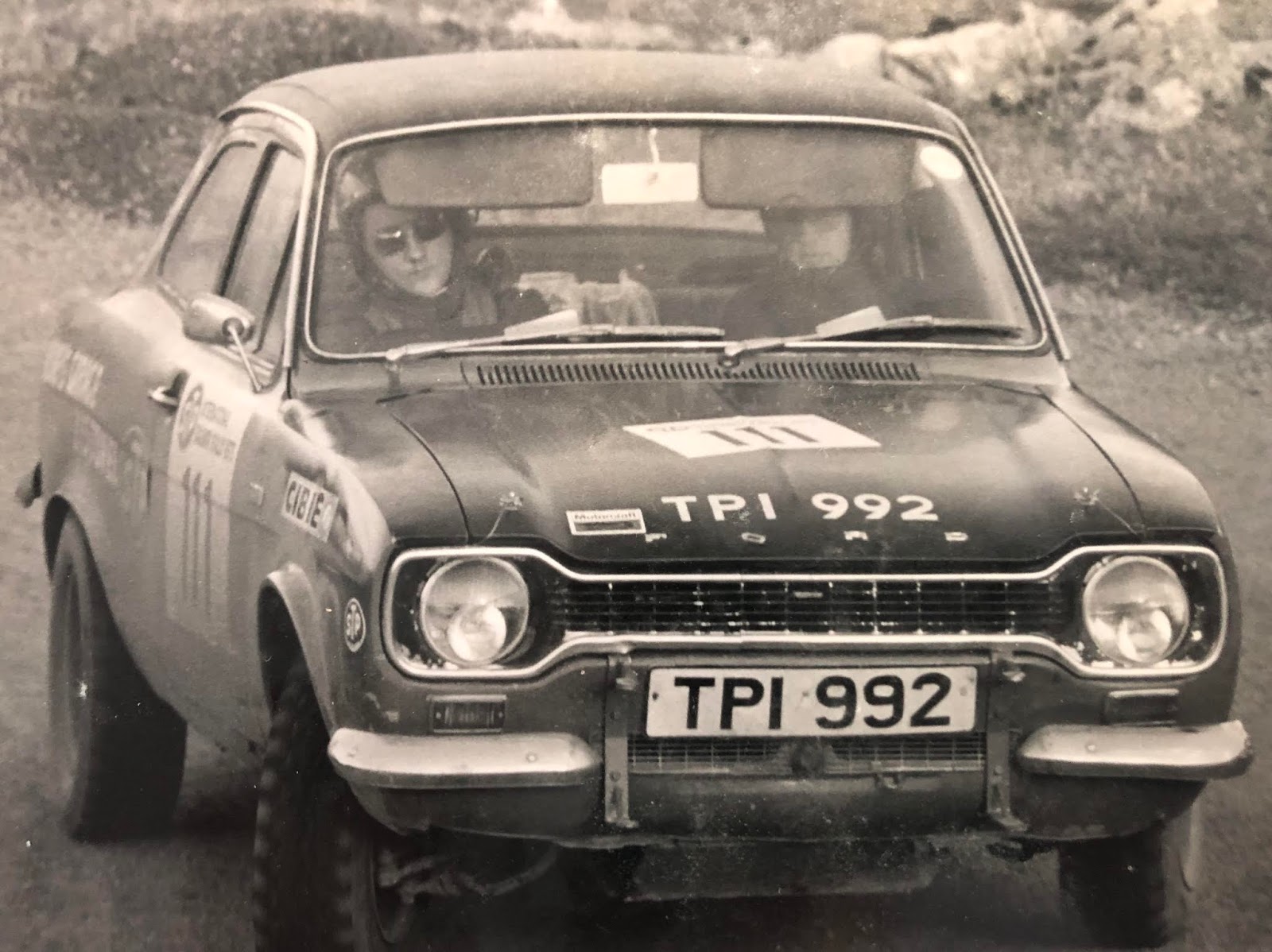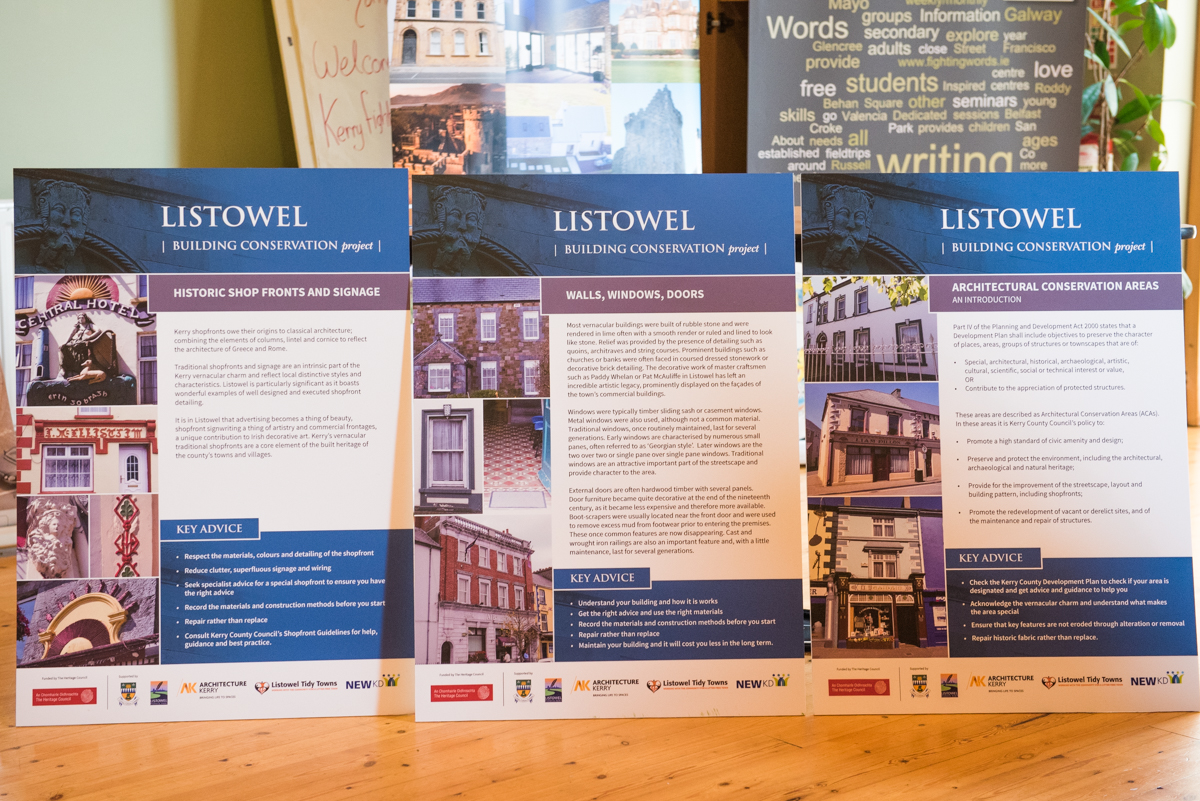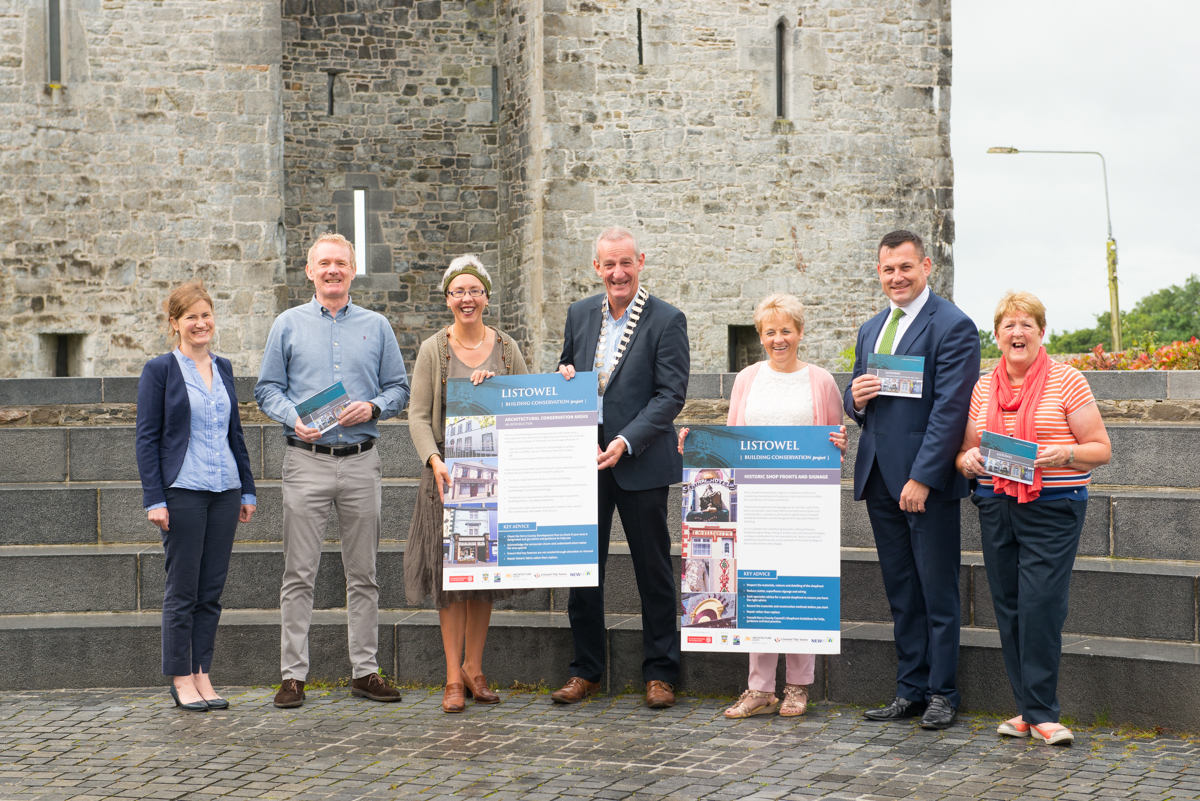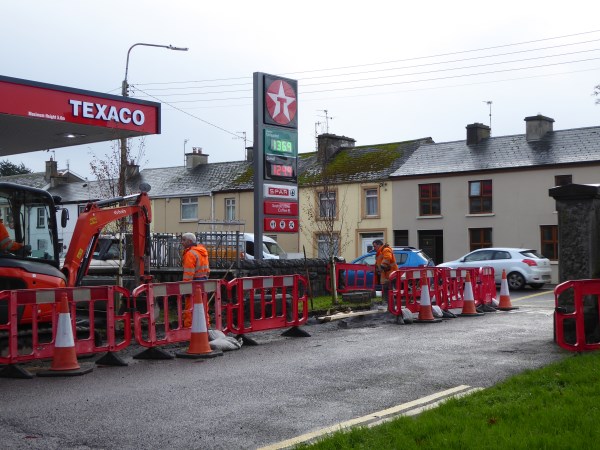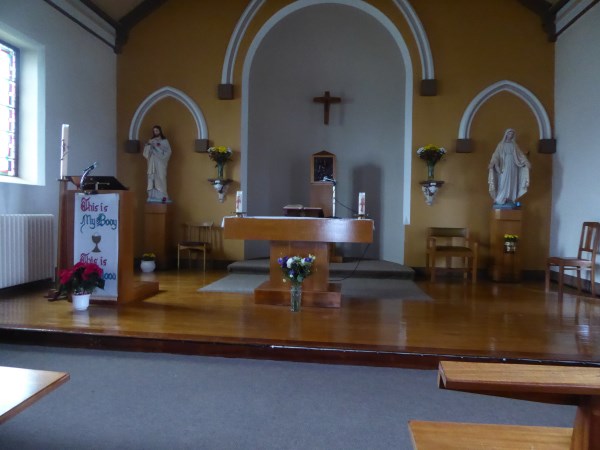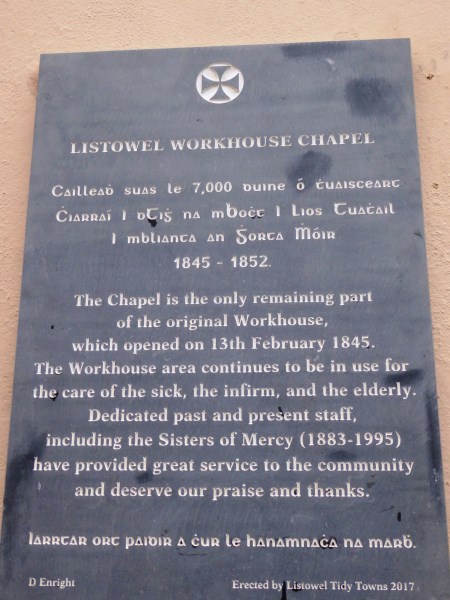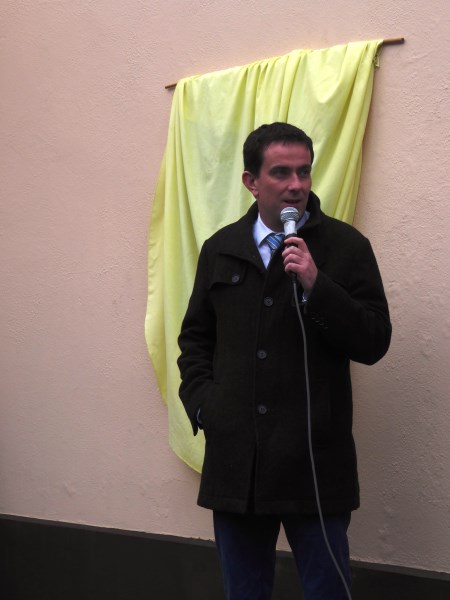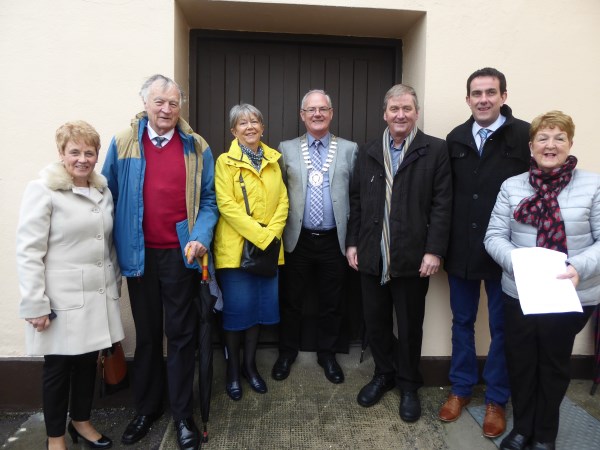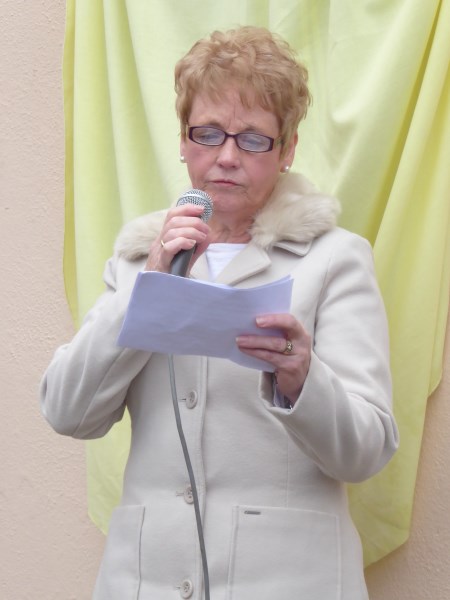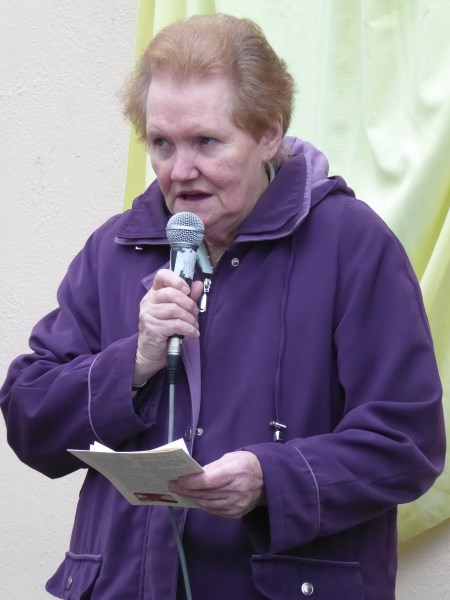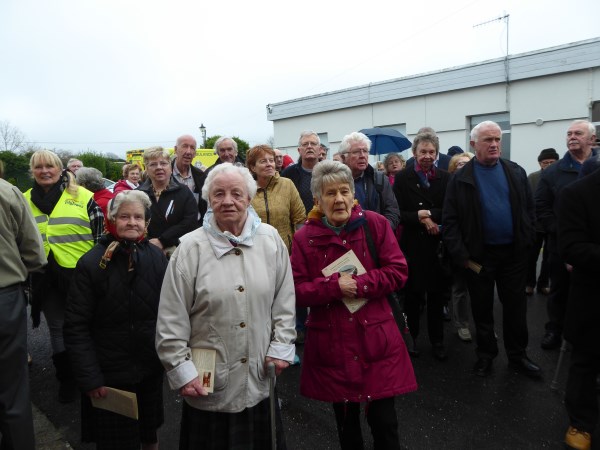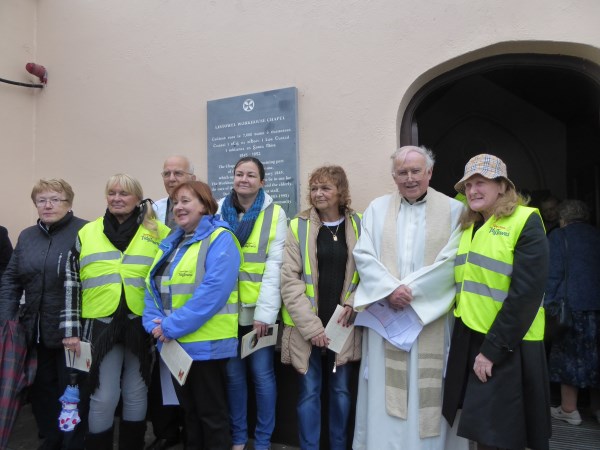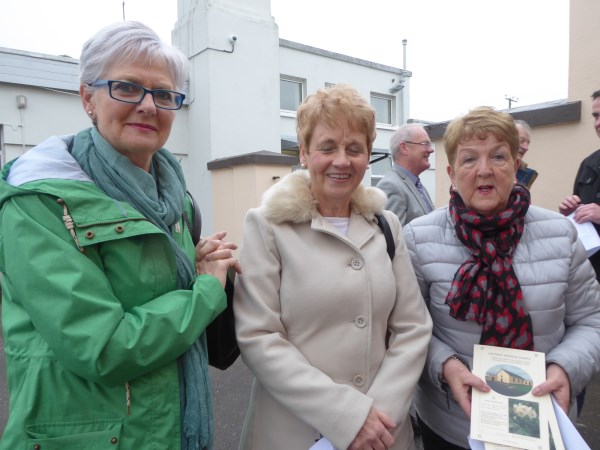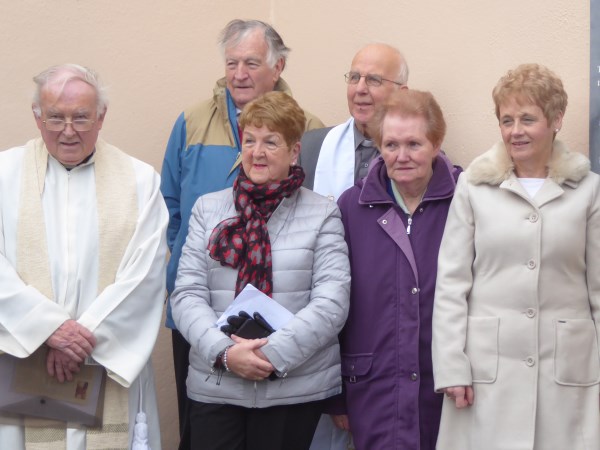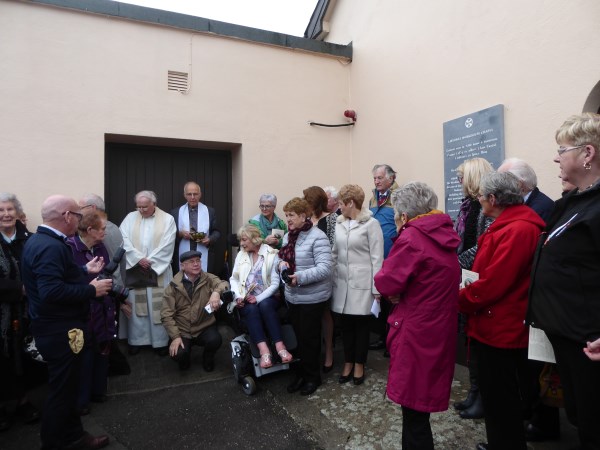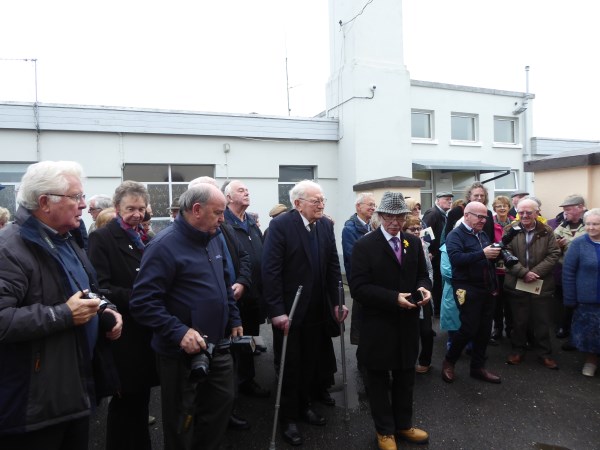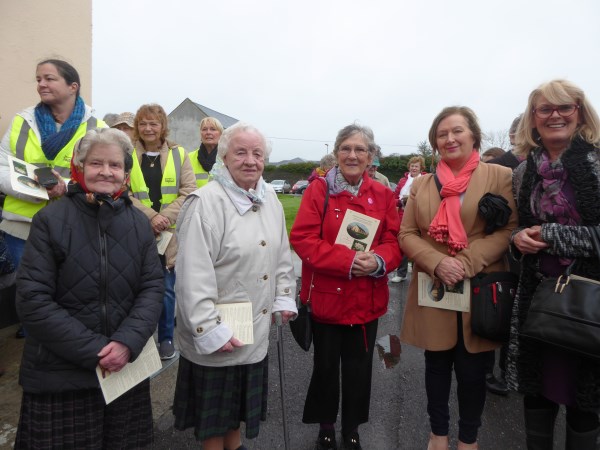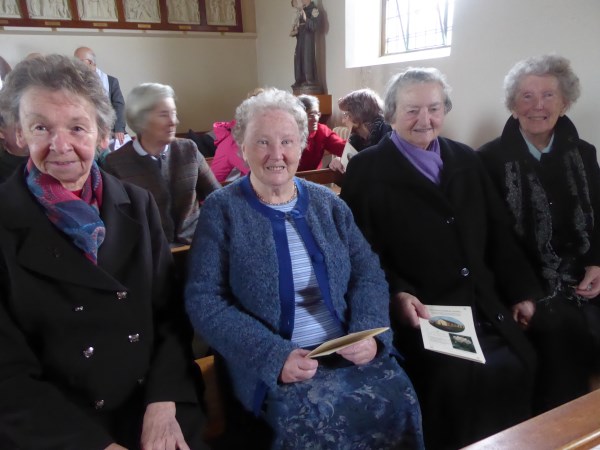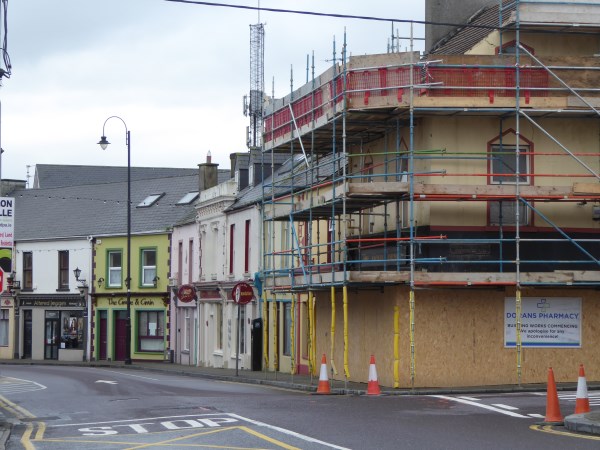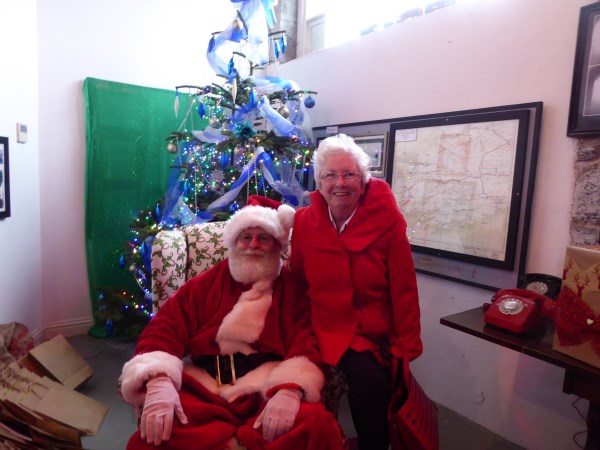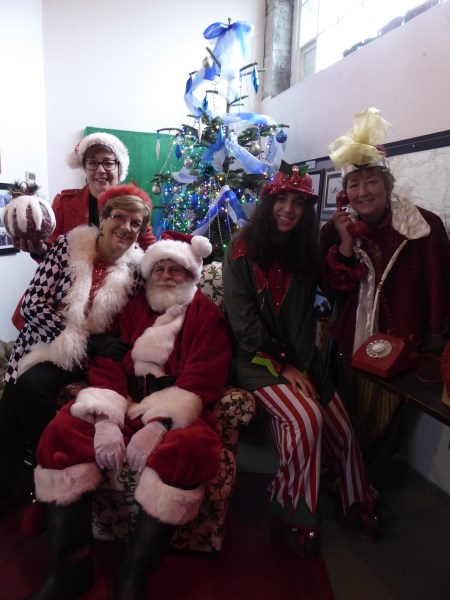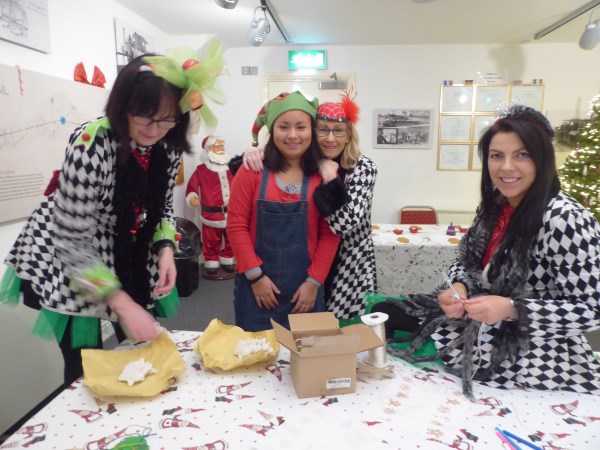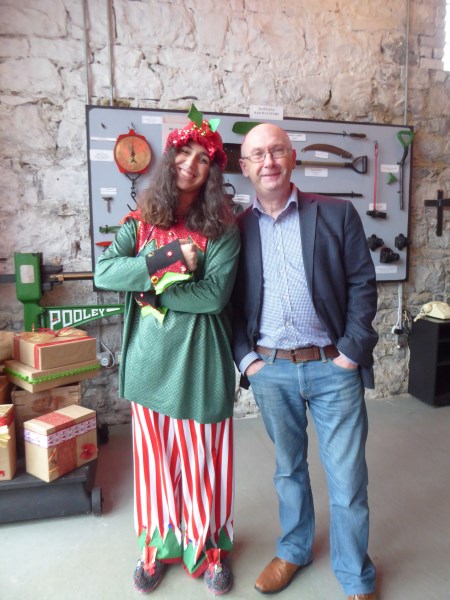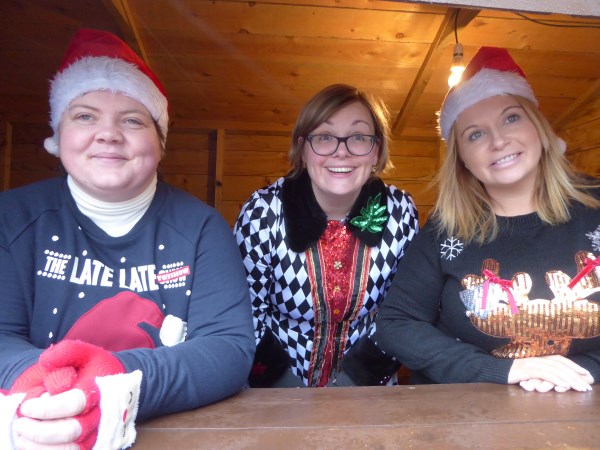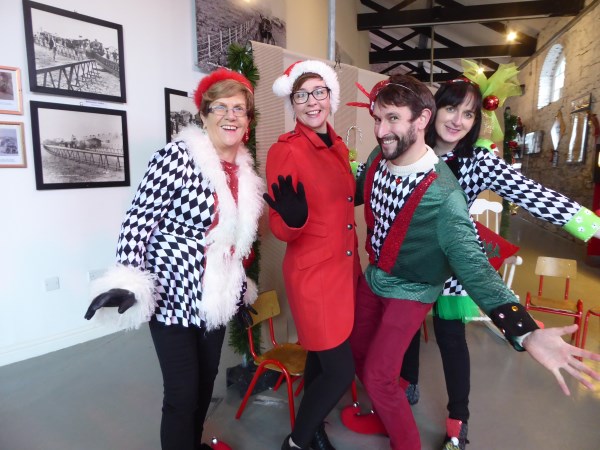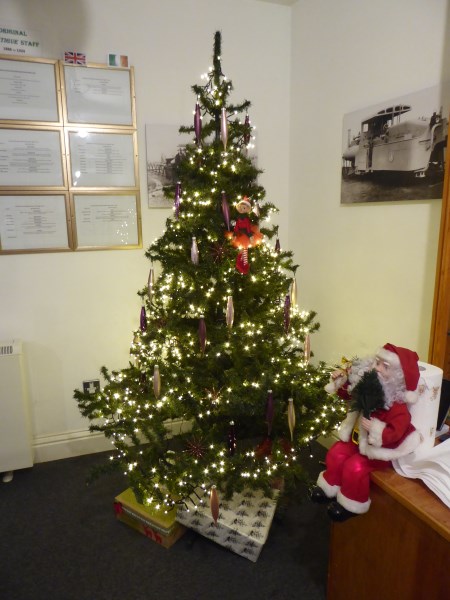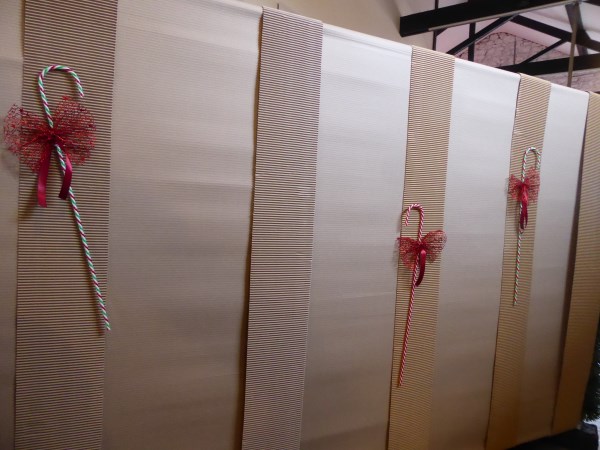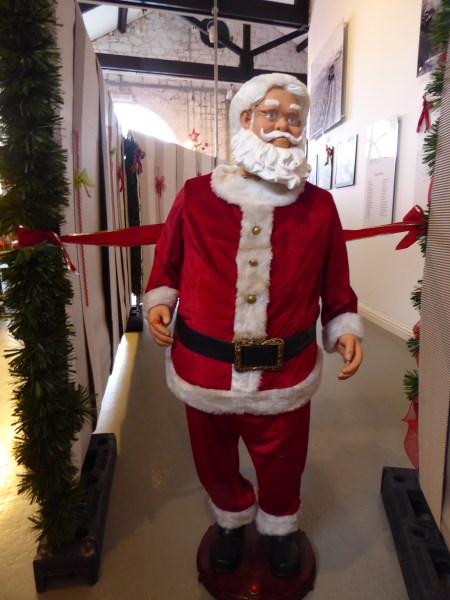
Old church tower on Church Street in February 2024
<<<<<<<<<
Countdown… A Listowel Connection?

I love Countdown. It’s a very very old fashioned game show on Channel 4 on weekday afternoons. In a digital age it’s a quaint throwback to old times. Contestants write with pens on paper, Rachel picks actual letter and number tiles from physical boxes. The analogue clock ticks down the 30 seconds. The goody bag includes a hard copy of a dictionary and a teapot!
It’s all very low tech.
Now the Listowel connection? Well, I’m stretching it a bit. I know somebody who knows somebody who is currently doing very well on Countdown.

This is Jack Harvey from Grimsby. By the way, waterings is not a word. Jack tried and was shot down by Susie Dent. I think it definitely is a word but if it’s not in her dictionary it’s not allowed. ( Didn’t you often give the plants a good watering, and, if you were going away, two good waterings?)
Jack is a friend of Liz and Jim Dunn’s. They are looking forward to a big day out at Jack and Xenia’s wedding this summer.
Jack is a super countdowner, equally brilliant at unscrambling letters and doing Maths puzzles and he is the best conundrum solver ever.
<<<<<<<<<
Education in Listowel Workhouse in Famine Times
The last of Kay Caball’s heartbreaking snippets…
9 October 1851 The Bedford Schoolmaster requests an Assistant: ‘Let the Assistant Schoolmaster Stack proceed to Bedford. Let the Schoolmaster divide the boys into three classes, each of which should get two hours instruction daily – Stack to be in charge of the boys when out of school’.
Dr. Enright – ‘Suggesting that the Schoolboys should be compelled to wash themselves daily – and that soap and towels should be provided for that purpose’. On washing being questioned by the Board the Bedford Master states that the boys wash themselves perfectly clean every morning, but they have no towels. A large canvas roller was therefore ordered to be supplied.
16 October 1851 Miss Nolan the Schoolmistress resigned … The Clerk was directed to advertise for a Trained Teacher in her stead.
10 July 1852 There were 617 boys/677 girls in the workhouse between 9 & 18 yrs of age. 24 boys and 22 girls were discharged that week, 1 boy had died.
15 July 1852 The Officers Reports were read as follows:
9 October 1851 The Bedford Schoolmaster requests an Assistant: ‘Let the Assistant Schoolmaster Stack proceed to Bedford. Let the Schoolmaster divide the boys into three classes, each of which should get two hours instruction daily – Stack to be in charge of the boys when out of school’.
Dr. Enright – ‘Suggesting that the Schoolboys should be compelled to wash themselves daily – and that soap and towels should be provided for that purpose’. On washing being questioned by the Board the Bedford Master states that the boys wash themselves perfectly clean every morning, but they have no towels. A large canvas roller was therefore ordered to be supplied.
16 October 1851 Miss Nolan the Schoolmistress resigned … The Clerk was directed to advertise for a Trained Teacher in her stead.
10 July 1852 There were 617 boys/677 girls in the workhouse between 9 & 18 yrs of age. 24 boys and 22 girls were discharged that week, 1 boy had died.
4 November 1852 An Inspector of National Schools reported that the Mill was far too small for the number [of girls] in it. The Visiting Committee stated in a letter ‘on visiting the house this day, we found in the girls’ schoolroom 525 persons including nurses and other women who should not be in the part of the house which overcrowding appears objectionable.
‘Education in the Workhouse’ is in my view a misnomer. The conditions at any time from 1847 to 1852, did not allow for normal schooling to take place. This is not a surprise considering that all workhouses from 1847 were overwhelmed with death, disease, and destitution. The Listowel Board of Guardians appear to have worked hard to cope with the many problems that arose each week. But responding to the daily urgent issues; collecting rates, providing bed and board, staffing and keeping the rampant diseases at bay did not allow for much consideration to be given to the education of the children in their care.
4 November 1852 An Inspector of National Schools reported that the Mill was far too small for the number [of girls] in it. The Visiting Committee stated in a letter ‘on visiting the house this day, we found in the girls’ schoolroom 525 persons including nurses and other women who should not be in the part of the house which overcrowding appears objectionable.
‘Education in the Workhouse’ is in my view a misnomer. The conditions at any time from 1847 to 1852, did not allow for normal schooling to take place. This is not a surprise considering that all workhouses from 1847 were overwhelmed with death, disease, and destitution. The Listowel Board of Guardians appear to have worked hard to cope with the many problems that arose each week. But responding to the daily urgent issues; collecting rates, providing bed and board, staffing and keeping the rampant diseases at bay did not allow for much consideration to be given to the education of the children in their care.
(Good to be reminded of such awful times. Thank you, Kay)
<<<<<<<<<
Important Exhibition

An exhibition of artwork by Mike O’Donnell is currently on display in St. John’s Theatre and Arts Centre, Listowel.
Mike’s mural work is familiar to us all, but, before he was a muralist he was a court artist, sketching well known criminals and covering some high profile trials.
<<<<<<<<
First Year Groups from 1986




<<<<<<<<<
A Fact
Dalmatians are born without spots. They are born with plain white coats with their first spots appearing after they are one week old.
<<<<<<<










